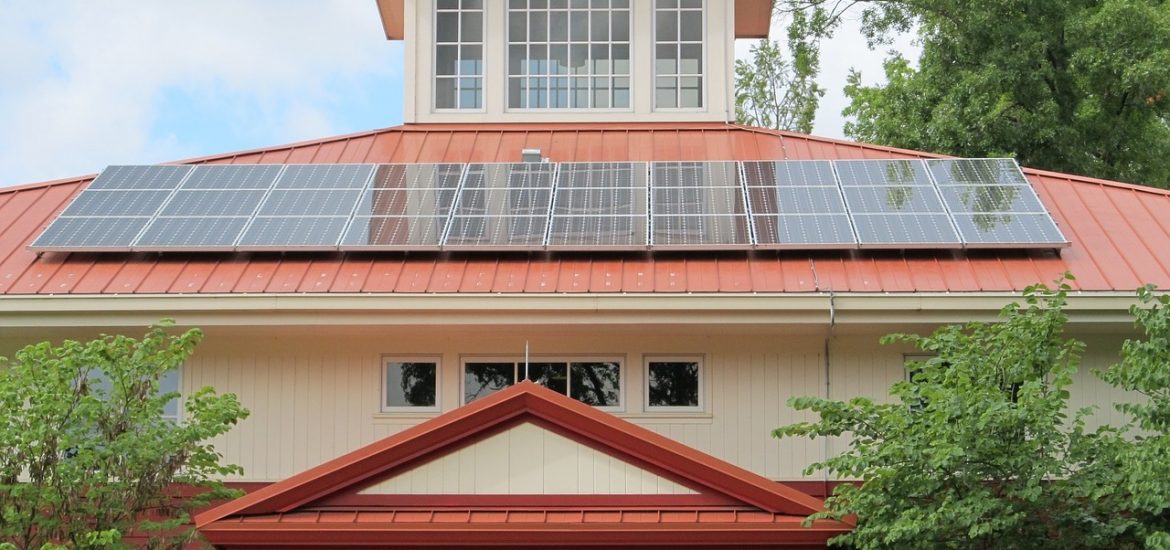Solar panel systems installed on rooftops have become affordable in the last five years, which makes it an excellent choice for any homeowner who wants to have energy independence and save money. Experts advise that homes with direct sunlight exposure and high daytime electricity usage benefit more from the said technology. Even so, there is still a good amount of savings if you consider the feed-in tariffs and government rebates. While the incentives have changed and are no longer as generous as before, homeowners in Australia seem to continue adopting the use of solar energy and are keen to have a system installed on their rooftops.
Solar energy is still a smart choice
During the first stages of solar power adoption in Australia, solar systems were still very expensive. In order to encourage homeowners to adopt its use, the government offered generous incentives. This scheme worked very well. In the succeeding years, as the price of installation for solar in Brisbane dropped, so did the incentives from the government. Homeowners began questioning whether or not it was still worth the investment.
The key to optimising the benefits of solar energy is to consume the energy you produce as much as possible. This will have a return on investment in as early as three years. This is the reason why determining how much electricity you use as well as the time of day you use it is a factor in adopting solar energy. Simply put, if you produce energy during the day but would have to export it to the grid, the payoff for your investment will not be as much as homes that use the energy outright.
In spite of the reduced incentives offered by the government, Australians saw how beneficial solar energy was. This is why the use of solar panels has enjoyed a steady growth pace in recent years and is predicted to continue in the years to come. Additionally, high electricity prices have bolstered the interest of people to shift towards more affordable and sustainable sources of electricity.
Advancements in solar power technology
The continued demand for solar power systems also fuels further innovation and technological advancements. For example, solar panel designs have evolved to fit the discriminating tastes of homeowners. In the past, a deterrent to the adoption of this technology was the unsightly and industrial look of solar panels. These days, panels come in different designs, colours, and styles to make them look less conspicuous on rooftops.
Another innovation in solar power technology is the use of solar batteries. This will further help in homes becoming completely independent from the grid. One example of a solar battery is the Tesla Powerwall. What the battery does is store the excess energy produced by the solar system so that it can be used any time of the day. This will eliminate the need to export power back to the grid. If you produce enough power, you may no longer need to pay for electricity coming from the grid, if you use a solar battery.

